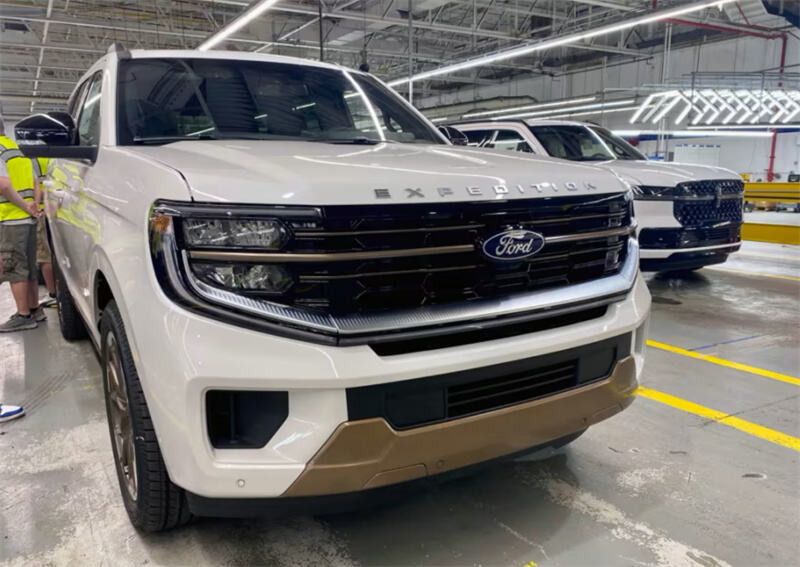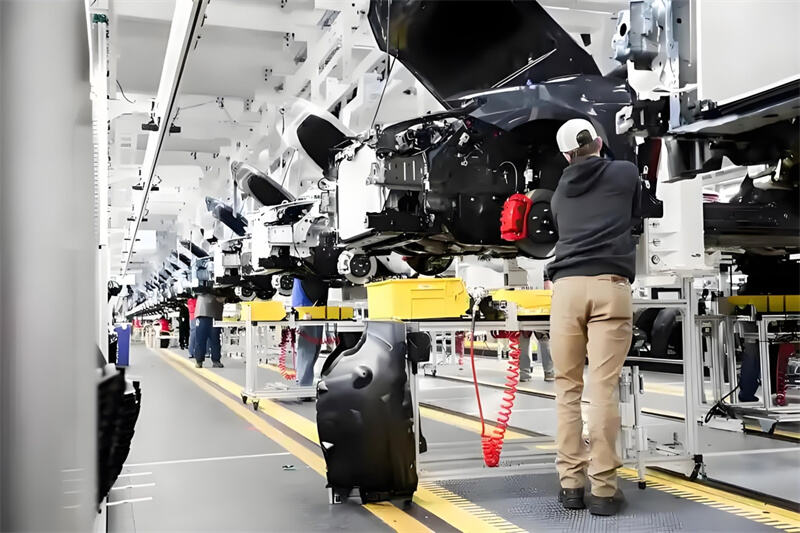The Complex Reality Behind U.S. Auto Manufacturing
Why We Can’t Build a Fully American Car
In 2018, the “Make America Great Again” tariffs aimed to force automakers to localize production.
Today, we can see how far that goal really is from reality.
Even a 2025 Ford Expedition built in Kentucky still relies on parts from around the globe.
That SUV lists 58% internationally sourced components and 22% from Mexico—including its EcoBoost engine.

The Global Supply Chain Behind “American” SUVs
-
Frame and Assembly
- Built by American workers in Kentucky.
- Final assembly is 100% domestic.
-
Major Components
- 22% of parts—engine, electronics, chassis bits—come from Mexico.
- Additional parts sourced from Europe, Asia, and Canada.
-
Raw Materials and Subcomponents
- Steel, aluminum, and specialty metals often come from overseas mills.
- Chips, wiring harnesses, and small fasteners are largely imported.
This mix of global inputs highlights the complexity of today’s automotive industry.
Even iconic “Made in USA” brands can’t escape deep overseas dependencies.
Why True Localization Is So Hard
1. Economies of Scale
Many auto parts—like wiring harnesses or semiconductors—are cheapest when produced at huge volumes.
Building new factories in the U.S. for every part would cost billions and take years.
2. Raw Materials & Processing
The U.S. lacks domestic capacity for many critical inputs:
- Older-generation chips used in cars
- Platinum and palladium for catalytic converters
- Specialized steel and aluminum alloys
Experts estimate it could take a decade or more to build the necessary mines and mills.
3. Hidden Cost Increases
Every step closer to 100% U.S. content drives costs higher:
- Moving from 75% to 90% domestic parts can tack on $5,000–10,000 per vehicle.
- Achieving 95% or more could add $20,000 or more—pricing many buyers out of the market.
As Ford CEO Jim Farley warned, “If every Ford sold for $50,000, we would not be competitive.”

A More Realistic Goal: 75% U.S. and Canadian Content
The National Highway Traffic Safety Administration (NHTSA) tracks U.S. and Canadian parts content.
Today, a handful of models exceed 75%, including the Kia EV6 and Tesla Model 3.
Hitting that mark broadly would still require tens of billions in new investment—but it’s far more achievable than 100%.
What It Would Take to Get There
- Major Capital Investment: New plants for raw‐material processing and key subcomponents.
- Supply‐Chain Overhaul: Rerouting production, qualifying new suppliers, and retraining labor.
- Time & Scale: Up to 10–15 years and $100 billion in spending, according to consulting experts.
Even luxury automaker Ferrari buys brakes, airbags, and batteries from international suppliers.
They can charge $300,000 per car—but mass‐market brands cannot.
Why Consumers and Businesses Must Balance Costs and Benefits
Consumers want lower prices.
Ever-rising vehicle costs could suppress demand.
Automakers need to balance jobs and localization with market competitiveness.
Tariffs can help, but they can’t replace the need for global expertise and scale.
Key Takeaways for Policymakers and Industry
-
Full U.S. Localization Is Impractical
True 100% domestic parts content remains a decades-long, multi-billion-dollar challenge. -
75% U.S. & Canadian Content Is Attainable
This level offers a sensible compromise between national goals and consumer prices. -
Global Supply Chains Are Here to Stay
Even “American” cars will depend on overseas materials and components for the foreseeable future.
Ready to Dive Deeper?
If you build or sell automotive components, understanding these supply‐chain realities is critical.
Explore our full coverage of industry trends and best practices at shaoyi.
Stay informed. Stay competitive.
Estimated reading time: 6 minutes
 Small batches, high standards. Our rapid prototyping service makes validation faster and easier —
Small batches, high standards. Our rapid prototyping service makes validation faster and easier — 
